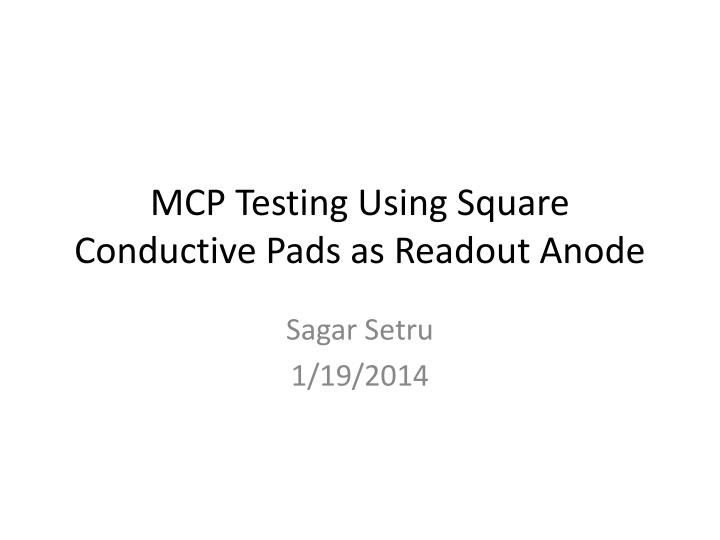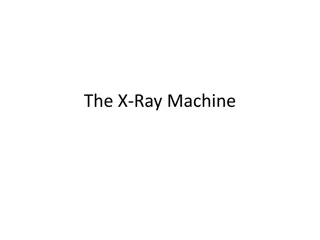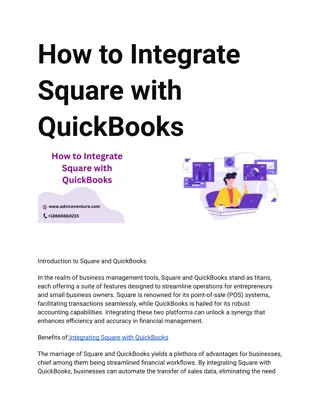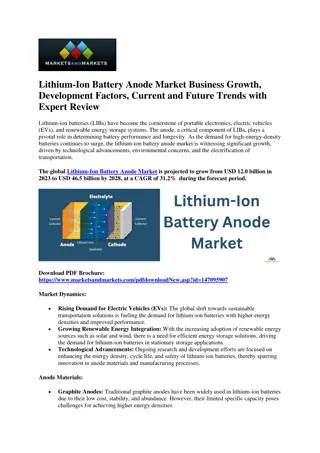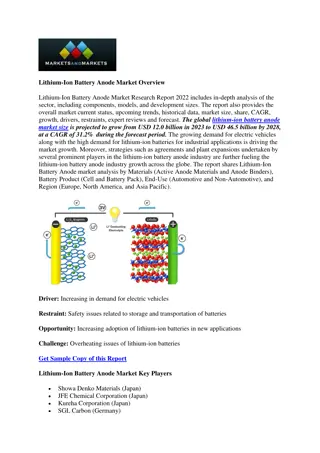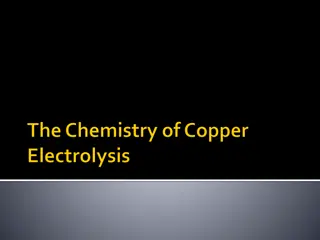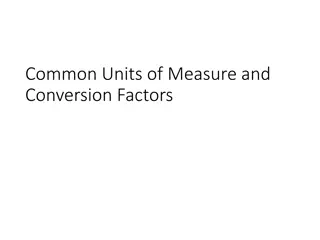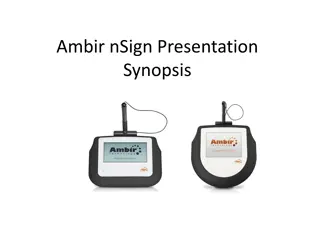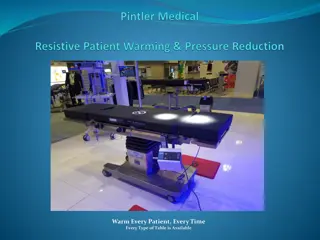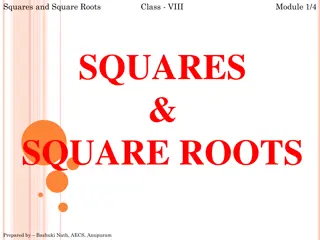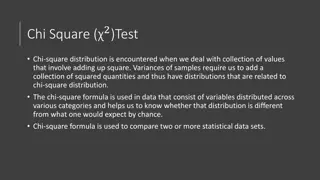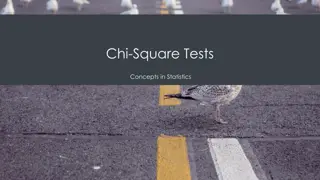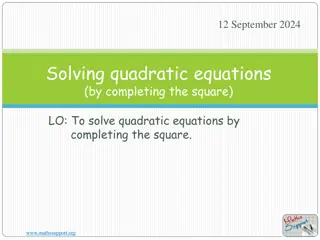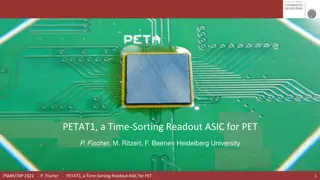MCP Testing Using Square Conductive Pads as Readout Anode
This project aims to measure MCP characteristics such as uniformity, gain stability, charge depletion rate, and position resolution. The apparatus layout involves no cathode with incoming photons generating electrons on the MCP surface. Readout involves digitizing gain from each pad to find the center of the charge cloud for analysis. Trade-off discussions between spatial resolution and practicality are explored, along with modeling MCP outputs using Gaussian charge clouds and Monte Carlo simulations for resolution analysis.
Download Presentation

Please find below an Image/Link to download the presentation.
The content on the website is provided AS IS for your information and personal use only. It may not be sold, licensed, or shared on other websites without obtaining consent from the author.If you encounter any issues during the download, it is possible that the publisher has removed the file from their server.
You are allowed to download the files provided on this website for personal or commercial use, subject to the condition that they are used lawfully. All files are the property of their respective owners.
The content on the website is provided AS IS for your information and personal use only. It may not be sold, licensed, or shared on other websites without obtaining consent from the author.
E N D
Presentation Transcript
MCP Testing Using Square Conductive Pads as Readout Anode Sagar Setru 1/19/2014
Motivation Purpose: measure MCP characteristics Uniformity Gain Stability MCP Charge depletion/rate dependence (103Hz) Position resolution (10-6 m) Dark current Needs to be in vacuum (10-6Torr) Complementary to APS/UChicago apparatus Near ALD lab, fast, stand-alone, limited
Apparatus layout No cathode Incoming photon generates electron on MCP surface Resulting charge cloud lands on anode with padded conductors Apparatus layout based on SSL Cross Strip/Cross Delay Line1 and APS test apparatus2 Laser photon Bias Voltage MCPs ~2.5mm MCP Signal Readout channels Analog to Digital Converter Padded Anode 1O.H.W. Siegmund, A. Tremsin, J.V. Vallerga and J. Hull. Microchannel Plate Imaging Photon Counters for Ultraviolet through NIR Detection with High Time Resolution. Proc SPIE. 2011 May 12; 8033: 1350904. 2Bernhard Adams, Matthieu Chollet, Andrey Elagin,Eric Oberla, Alexander Vostrikov, Matthew Wetstein, Razib Obaid and Preston Webster.. A test-facility for large-area microchannel plate detector assemblies using a pulsed sub-picosecond laser. Rev. Sci. Instrum. 84, 061301 (2013).
Readout overview Measure, digitize gain from each pad Find the center (X,Y) of charge cloud from charge distribution Use modified center of mass algorithm ( center of charge ) Readout pads each have their own channel Mounted on inside of CF flange Readout pads Signals from pads Analog-to-Digital Converter Charge Cloud Readout pads Conflat Flange Computer Y axis X axis
What is the trade-off between good spatial resolution and practicality?
Modelling MCP Output Approximate signal from MCP as 2D Gaussian cloud of charge1 Dimensions of cloud fixed = 0.5833 mm 6* 3.5 mm 6 gives approx. diameter of cloud A 106 electrons, RMS Represents gain (x0, y0) is center A = 106 e- x0 6 3.5 mm y0 1 A. S. Tremsin, J. V. Vallerga, O. H. W. Siegmund, J. S. Hull, Proc. SPIE, vol. 5164, Centroiding algorithms and spatial resolution of photon counting detectors with cross strip anodes, UV/EUV and Visible Space Instrumentation for Astronomy II, San Diego (2003)
Monte Carlo simulations to determine resolution vs. pad size 1. Place Gaussian charge cloud on array of square pads Placed at random position Noise per pad 500 electrons, RMS 2. Read out the pads 3. Calculate position of center of charge cloud 4. Compare calculated position of center with actual, Monte Carlo position of center 5. Repeat Many times per pad size Several pad sizes Signal 1 Signal 4 Signal 3 Signal 2
Example calculation of reading out pads in simulation Integrate 2D Gaussian function Bounds of integration are positions of pad border Example: a 4 mm by 4 mm pad: ? = charge on pad = = 0.5833 mm A = 106 electrons, gain of signal from MCP Cloud charge is centered at (1,1) 4 (1,1) 4 (0,0) -4 X Charge cloud Y -4
Center of charge algorithm Coordinates center of MCP signal: (? 0, ? 0) Coordinates center of pad ?: (??, ??) Total amount of charge on pad ?: ?? Total number of pads in readout: ?????
Initial results Why does resolution get worse as pad size decreases?!
Answer: noise from pads Signal ?? includes contribution from MCP ??????? and noise ?????? ??????= 500 e-, RMS, per pad Far away pads have large weight factor ?? Even small ?????? will skew spatial resolution when ?? is large1 ? values far from MCP signal center Smaller pads means more pads far away 1 A. S. Tremsin, J. V. Vallerga, O. H. W. Siegmund, J. S. Hull, Proc. SPIE, vol. 5164, Centroiding algorithms and spatial resolution of photon counting detectors with cross strip anodes, UV/EUV and Visible Space Instrumentation for Astronomy II, San Diego (2003)
Solution: center of charge algorithm with a threshold ????? Only consider pads whose collected charge is above a certain fraction ? of total charge collected1 For all pads ? with charge ??: If ?? < Threshold: Do not use pad ? in centroid calculation ? ??? ??? = ? ?? ?=1 Threshold 1 A. S. Tremsin, J. V. Vallerga, O. H. W. Siegmund, J. S. Hull, Proc. SPIE, vol. 5164, Centroiding algorithms and spatial resolution of photon counting detectors with cross strip anodes, UV/EUV and Visible Space Instrumentation for Astronomy II, San Diego (2003)
Results with threshold ? = 0.02 (2% of total collected charge) ????? ? ??? ??? = 0.02 ?? ?=1 But why does resolution start going up for the smallest pads? Resolution now improves as pads become smaller!
Answer: different pad sizes have different ideal threshold So must fix pad size and compare different thresholds Looked at 0.25, 0.5, 1, 1.25, 1.5 mm pads Thresholds used (as percent of total charge) 0.001, 0.002, 0.005, 0.01, 0.02, 0.05, 0.1, 0.2, 0.5, 1, 2, 5, 10, 20, 50, 100
Example results: resolution vs. threshold (fixed pad size) 1.25 mm pads 0.5 mm pads
Another study: resolution vs. noise Noise increases position resolution at the submicron level Very low noise (< 100 e-, RMS) nearing single micron/sub micron resolution
Conclusions Standard center of charge centroiding fails with small pads because of noise Must use a threshold to remove far away signals Different pad sizes have different ideal thresholds Less noise is better for resolution, even with threshold centroiding
Conclusions 1.25 mm by 1.25 mm pads largest that provide resolution on the order of microns (~3 um), at threshold 0.05% of total charge (? = 0.0005) 1 mm by 1 mm pads provide equivalent or better resolution for broader range of thresholds, 0.05% to 0.1% of total charge (0.0005 < ? < 0.001) 0.25 mm by 0.25 mm pads provide best resolution (~2 um) with threshold at 0.002% of total charge (? = 0.00002) ????? ? ??? ??? = ? ?? ?=1
To do 1. Tank design MCP holder, spacing 2. Anode Mounting, design, electronics 3. Laser spot size 4. Laser scanner 5. Frequency of laser 6. Determine electronic noise
Appendix: Investigating the sudden jump in resolution vs. threshold Occurs at a different threshold for different padsizes 1.25 mm pads 0.5 mm pads
Appendix: Investigating the sudden jump in resolution vs. threshold Before jump/at low thresholds: Identical to standard centroiding w/out threshold Makes sense (letting nearly all charge through) 1.5 mm 0.5 mm
Appendix: Investigating the sudden jump in resolution vs. threshold Very high thresholds Undefined resolution Makes sense (eventually letting no data through) 1.5 mm 0.5 mm No resolution No resolution
